- Pine Cliff Resort
- Campgrounds & RV Parks
- Wyoming
- Teton County
- Campgrounds & RV Parks in Yellowstone National Park
- Lower Ford
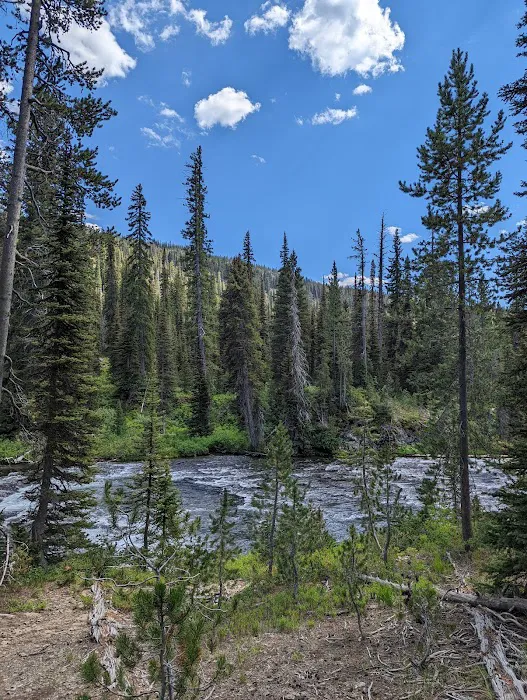
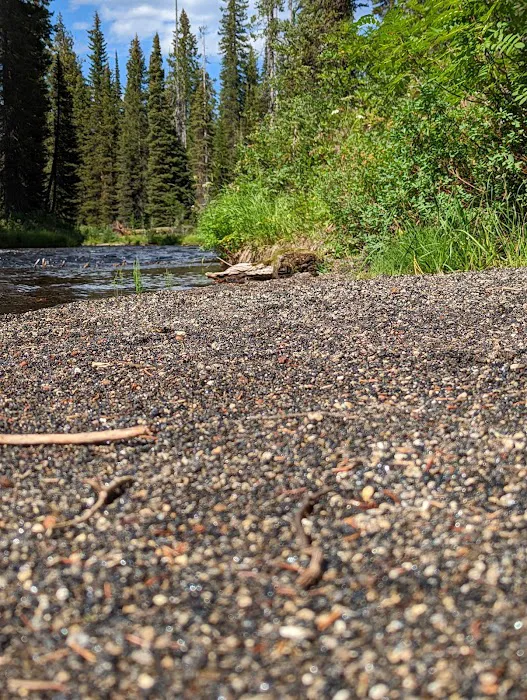
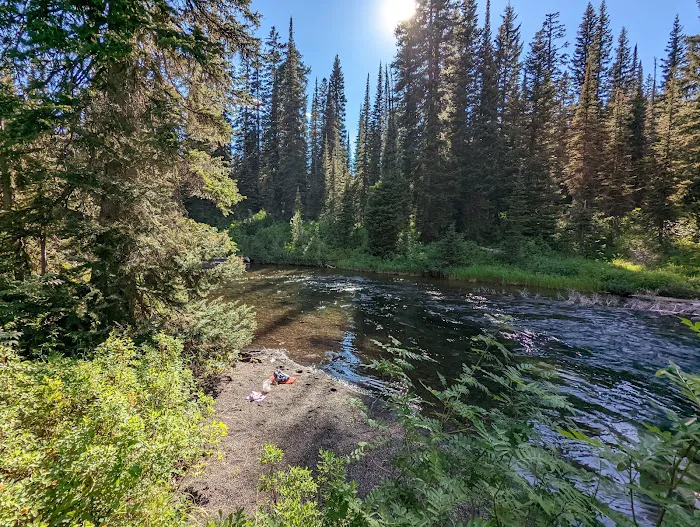
Lower Ford Introduce
Within the broad category of "Campgrounds & RV Parks," the name "Lower Ford" refers to multiple distinct camping locations across different regions, each offering a unique natural experience tailored to various preferences. This objective introduction will provide a generalized overview, drawing on common characteristics found in campgrounds bearing "Lower Ford" in their name, often situated within national forests or state parks, and focusing on their environment, services, features, and promotional aspects for local users.
The environment at a "Lower Ford" campground is consistently rooted in natural beauty, though the specific landscape varies by geographic location. For instance, a "Lower Ford" in the Lincoln National Forest in New Mexico would be characterized by a high-desert mountain environment, featuring pine trees, juniper, and expansive views of rugged terrain. The air would be crisp, and the night skies often clear and ideal for stargazing, far from urban light pollution. Conversely, a "Lower Ford" in the Pacific Northwest, such as the Lower Falls Campground in Gifford Pinchot National Forest, would immerse visitors in a lush, verdant forest of towering conifers, with the sounds of flowing water from nearby rivers and waterfalls. The terrain would likely be more heavily forested, with potential for damp conditions depending on the season. Another example, Indian Ford Campground in Deschutes National Forest, Oregon, offers a setting among ponderosa pines, with a small spring running through the facility, providing a pleasant, shaded family spot. Regardless of the specific flora and fauna, the common thread is an emphasis on unspoiled nature, offering a quiet, serene escape from daily life. Wildlife sightings, from deer and elk to various bird species, are a common and cherished aspect of these environments, contributing to the sense of being truly "away from it all." The ground at campsites is typically natural earth or gravel, designed to blend with the surroundings.
Services at "Lower Ford" campgrounds generally align with a more rustic or group-oriented camping experience, distinguishing them from fully equipped commercial RV parks. While the precise amenities vary, common provisions include designated campsites, often equipped with picnic tables and fire rings for traditional outdoor cooking. Restroom facilities are typically provided, ranging from vault toilets in more primitive settings to composting toilets or, in some cases, modern restrooms with flush toilets and showers. Potable water availability is crucial to verify; some "Lower Ford" locations provide drinking water, often from a central spigot, while others require campers to bring their own supply or utilize water purification methods. Electrical and sewer hookups for RVs are less common, particularly in national forest settings, making these sites more suitable for self-contained RVs or tent camping. For group camping sites, like the Lower Fir Group Campground in Lincoln National Forest, there may be enhanced facilities such as a covered pavilion, multiple picnic tables, and garbage depositories to accommodate larger gatherings. Accessibility features, such as ADA-compliant restrooms or campsites, may be available, though it's always advisable to confirm. Quiet hours are strictly enforced to maintain the peaceful atmosphere, and policies regarding pet ownership (typically leashed pets) are in place to ensure the safety and comfort of all visitors and wildlife.
The features of "Lower Ford" campgrounds are predominantly tied to their natural surroundings and the recreational opportunities they unlock. A significant feature is access to extensive trail systems for hiking, walking, and sometimes mountain biking or horseback riding. These trails provide avenues for exploring the diverse landscapes, from forest walks to more challenging mountainous treks. Many "Lower Ford" locations are strategically situated near natural attractions. For instance, Lower Falls Campground is noted for its proximity to several waterfalls and access to the Lewis River Trail. Similarly, a "Lower Ford" campground might offer direct access to rivers or streams, providing excellent opportunities for fishing or simply enjoying the sounds of flowing water. The serene and secluded nature of these sites makes them ideal for activities such as birdwatching, nature photography, and unparalleled stargazing due to minimal light pollution. The individual campsites, whether for single parties or groups, are often spacious, providing a sense of privacy and separation from neighboring campers. In some locations, like Indian Ford Campground, sites are designed to be relatively level, accommodating both tents and smaller RVs, with tall pines offering ample shade. For group-specific "Lower Ford" campgrounds, the presence of a large, reservable space with communal amenities like a pavilion makes it an attractive feature for family reunions, scout troops, or other large gatherings.
Promotional information for "Lower Ford" campgrounds within the "Campgrounds & RV Parks" category would emphasize their unique selling propositions, appealing to specific segments of outdoor enthusiasts. The marketing would consistently highlight the opportunity for a genuine connection with nature, away from the hustle and bustle. Key promotional messages would include:
- Authentic Wilderness Experience: Targeting campers who prefer rustic charm and natural beauty over extensive amenities, encouraging a "back-to-basics" approach.
- Ideal for Outdoor Activities: Highlighting opportunities for hiking, fishing, wildlife viewing, and photography, leveraging the specific natural attractions of the region (e.g., waterfalls, rivers, petroglyphs if near Three Rivers).
- Peace and Solitude: Emphasizing the quiet atmosphere and spacious campsites, perfect for relaxation and disconnecting.
- Group Friendly (where applicable): Promoting specific "Lower Ford" locations that cater to larger groups with dedicated facilities, making them ideal for family reunions or organized outings.
- Affordable Escape: Often, national forest or state park campgrounds offer a more budget-friendly option compared to private resorts, a point that would appeal to cost-conscious travelers.
- Seasonal Accessibility: Clearly communicating the operational season, advising campers to check for current conditions and any alerts, especially regarding fire restrictions or road accessibility, as unpaved access roads are common.
Practical promotional advice would also include urging visitors to make reservations well in advance, especially for popular seasons or group sites, often through platforms like Recreation.gov. It would also strongly advise campers to practice "Leave No Trace" principles, ensuring all trash is packed out and the natural environment remains pristine. Information on potential limitations, such as limited cell service or the need to bring one's own potable water, would be transparently communicated to ensure campers arrive prepared. Any local attractions, such as nearby towns for supplies or historical sites, would also be mentioned to enrich the visitor's overall experience. Ultimately, "Lower Ford" campgrounds are positioned as havens for those seeking immersion in nature, offering a memorable and restorative outdoor adventure.
Details
Children
- Good for kids
Parking
- On-site parking
Location
WyomingTeton CountyYellowstone National Park
Customer Reviews
Beautiful campsite with access to river shore
More Places to Explore Nearby
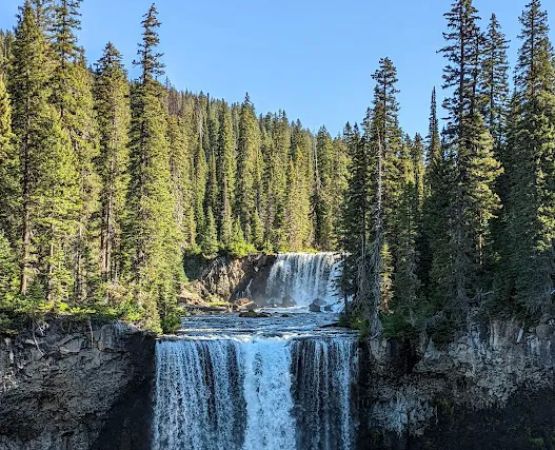
Colonnade Falls
Yellowstone National Park, WY 82190, USA
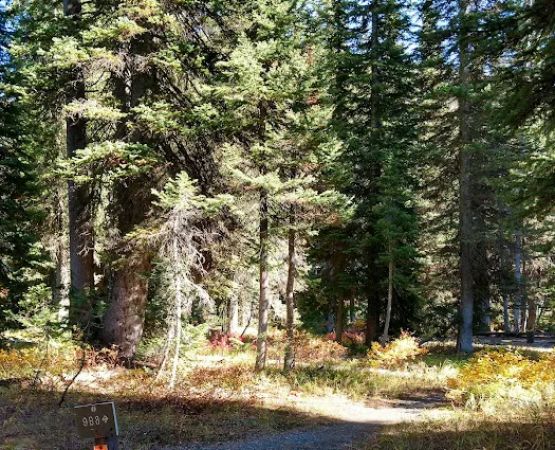
Upper Ford 9B8
Yellowstone National Park, WY 82190, USA
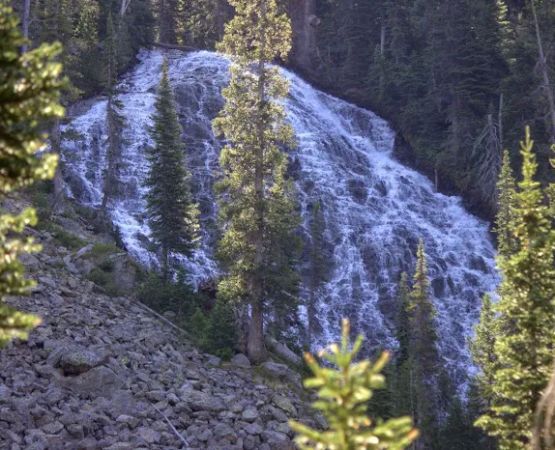
Albright Falls 9B9
Yellowstone National Park, WY 82190, USA

Ouzel Falls
Yellowstone National Park, WY 82190, USA
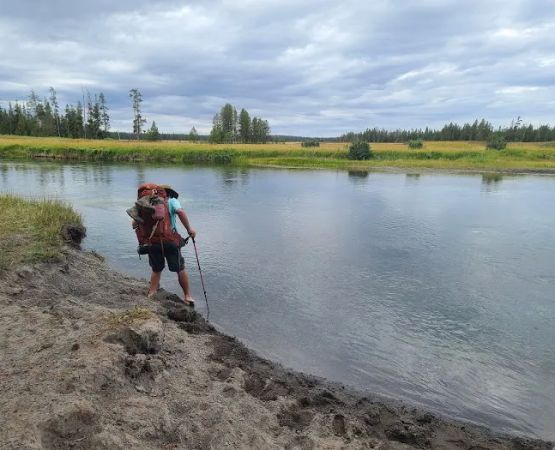
Bechler Ford 9B2
Yellowstone National Park, WY 82190, USA
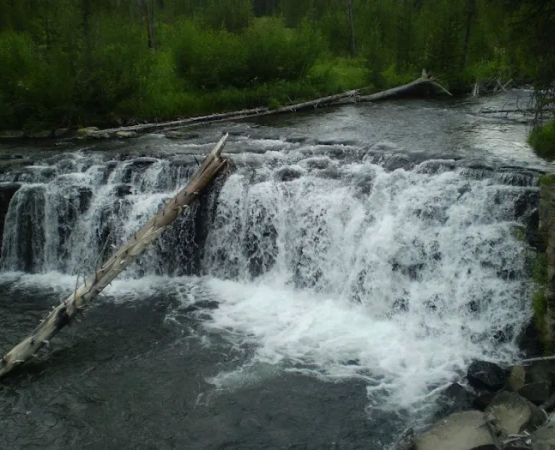
Upper Boundary Creek
Yellowstone National Park, WY 82190, USA
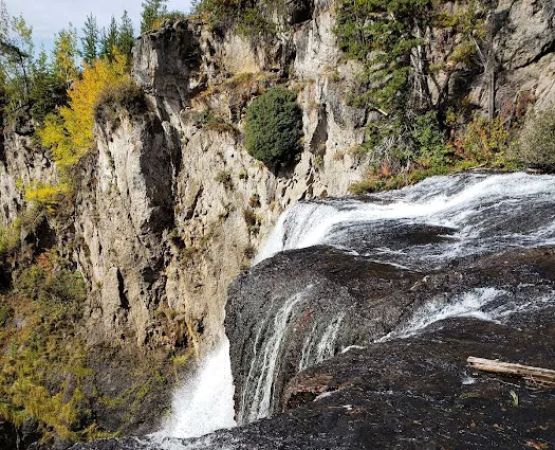
Dunanda Falls
Yellowstone National Park, WY 82190, USA
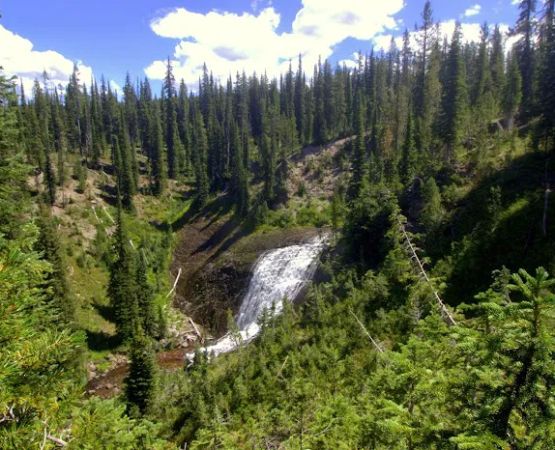
Gregg Fork
Yellowstone National Park, WY 82190, USA
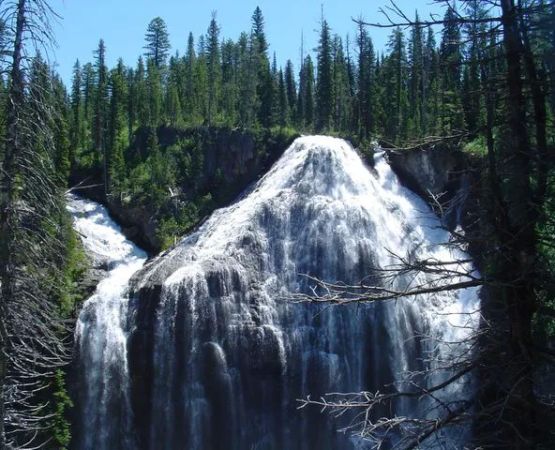
Union Falls South 9U5
Yellowstone National Park, WY 82190, USA
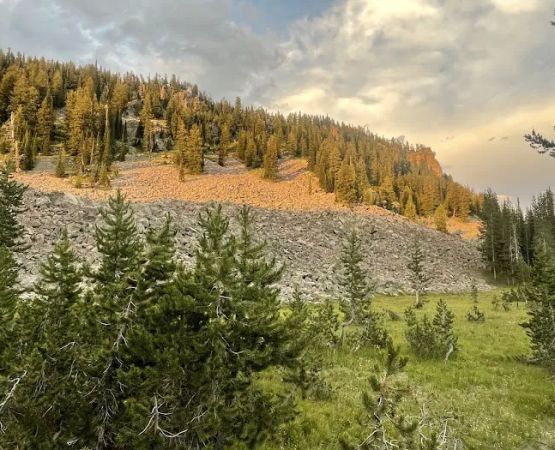
Talus Terrace
Yellowstone National Park, WY 82190, USA

Lower Boundary Creek 9B1
Yellowstone National Park, WY 82190, USA

Rocky Ford
Yellowstone National Park, WY 82190, USA
Categories
Popular Campgrounds & RV Parks
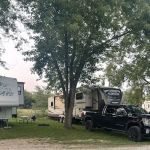 Hickory Lane Campground4.0 (97 reviews)
Hickory Lane Campground4.0 (97 reviews)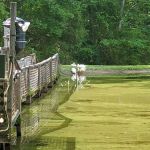 Woodsmoke Family Campground4.0 (219 reviews)
Woodsmoke Family Campground4.0 (219 reviews)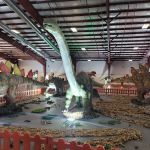 McGee Park San Juan County Fairgrounds4.0 (48 reviews)
McGee Park San Juan County Fairgrounds4.0 (48 reviews)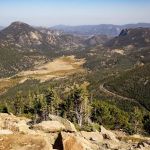 McGregor Mountain5.0 (1 reviews)
McGregor Mountain5.0 (1 reviews)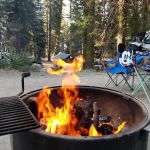 Billy Creek, Upper Campground4.0 (7 reviews)
Billy Creek, Upper Campground4.0 (7 reviews)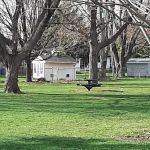 Holiday Park4.0 (10 reviews)
Holiday Park4.0 (10 reviews)Must-Read Camping & Outdoor Blog Posts
Most Searched Japanese Restaurant Sites
Trending Camping & Outdoor Blog Posts
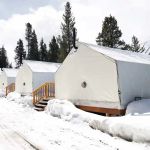 Winter Glamping Retreats in the U.S. You Didn’t Know About
Winter Glamping Retreats in the U.S. You Didn’t Know About Best Family-Friendly Campgrounds with Playgrounds and Kids’ Activities
Best Family-Friendly Campgrounds with Playgrounds and Kids’ Activities Top Family-Friendly Resorts Near Outdoor Adventure Destinations
Top Family-Friendly Resorts Near Outdoor Adventure Destinations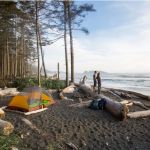 Top-Rated Campgrounds for Exploring National Forests
Top-Rated Campgrounds for Exploring National Forests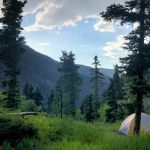 Top-Rated Camping Spots Near Scenic Trails: Explore the Best Outdoor Getaways
Top-Rated Camping Spots Near Scenic Trails: Explore the Best Outdoor Getaways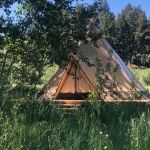 Affordable Luxury Camping Experiences at Top Resorts
Affordable Luxury Camping Experiences at Top Resorts 